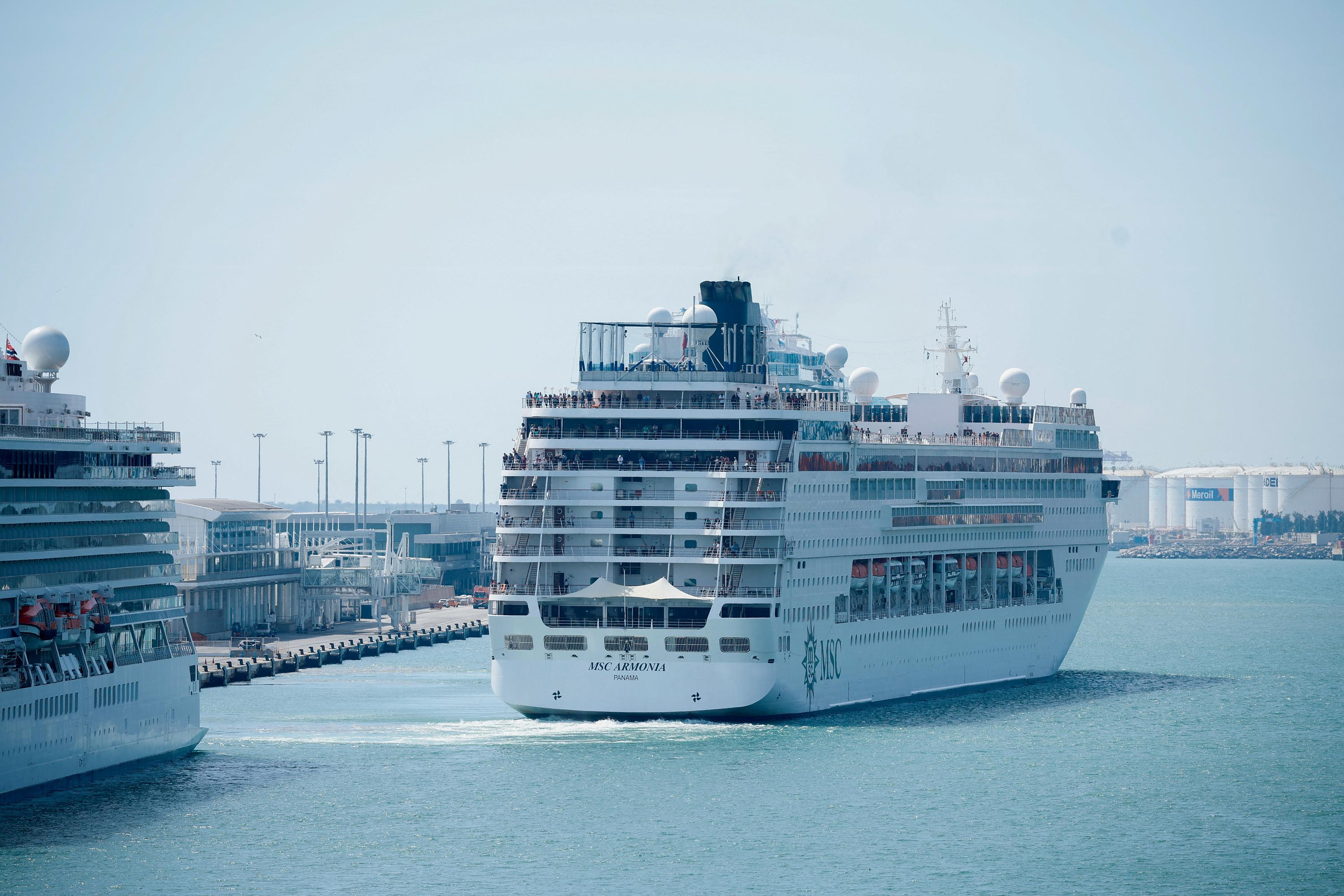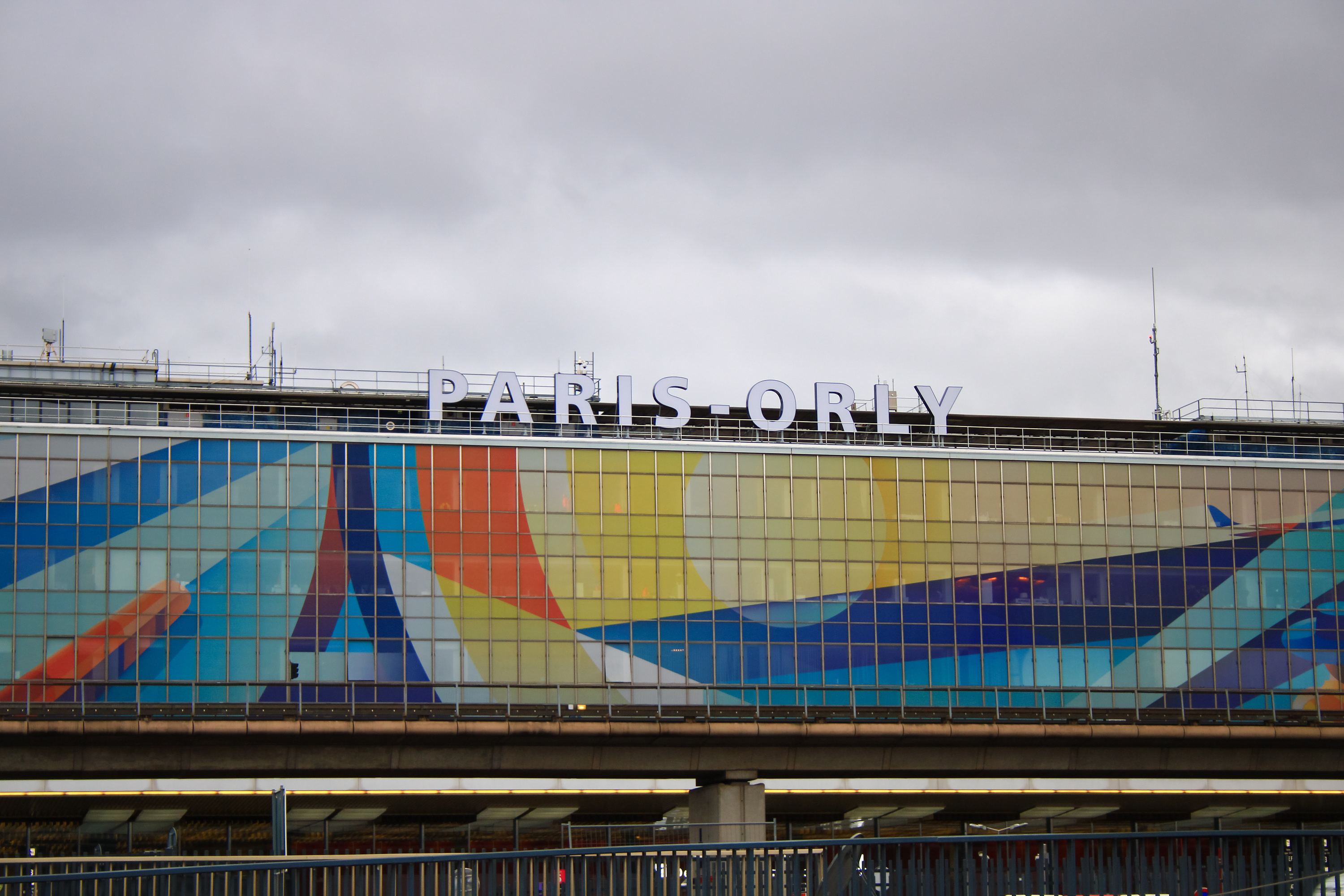On a cold, Sunny day in Winter Christian Grothaus sitting at the Big star, and looks to the victory column. Between him and the landmark of a hundred meters. But this distance for him to overcome. In order to let the beautiful view over the Tiergarten to wander, climb a year high-an estimated 300,000 visitors to the 285 steps to the Golden Victoria statue.
However, Grothaus is denied this pleasure, as the Goldelse is not accessible. To reach you is via stairs and tunnel passages, which lead under the roundabout through it. "That's why I avoid monuments. Which are usually difficult to achieve,“ says Grothaus. The 35-Year-old is already sitting all his life in a wheelchair. "Of course it is unpopular," he says, "but at the victory column is supposed to be an Elevator so that disabled people come up. That would be true inclusion.“
An Elevator at the victory column?
you Can imagine, a lift to the victory column? Whether conceivable or not, such a reconstruction of the monument protection stands in the way of in any case. And thus the landmark is also a symbol of an extremely hard-to-solve conflict. The monument is dedicated to the preservation of historic buildings. To him, the right of all, in these buildings, part of it is in the interests of equality.
For Grothaus goes on in Berlin in terms of accessibility quite a lot. "Most of the metro and S-train stations are wheelchair accessible, and here in the middle of the streets are berollen. Only in the case of monuments, still a lot needs to happen. As the accessibility should weigh more.“
daily mirror people Freeorder is the first law of its kind in Germany 1999 Berlin's monument protection law, that the concerns of people with disabilities by the authorities "and" made it clear. However, it is only when the buildings are subjected to significant changes. Especially modernizations are meant to be.
looks Like a consideration of the accessibility in the Individual, remains with the competent authority. Concerned associations or even the state Commissioner for persons with disabilities are consulted, but have no legal ability to their concern to enforce. A right of Action of associations for the Disabled, such as in the case of new buildings, does not exist for monuments.
Hard-to-resolve conflict
And the interests of the stakeholders are taken into account sufficiently? "From my point of view," says Dominik Peter. The Chairman of the Berlin disabled Association, also sits in a wheelchair and barrier is the issue of freedom emotionally. "The monument protection authorities take care especially the preservation of the building, not the use."
A compromise is often the only barrier-free access through the back door or the side entrance, but not where all the others came in. "People with disabilities are separated. This has to do with inclusion nothing to the ideas from the last century,“ he says.
the reproach of Separation, Ruth Klawun from the Berlin Landesdenkmalamt (LDA) is not justified. "We are actively committed to accessibility and are looking for monument to sustainable, creative solutions," she says.
"monuments are unique, and in its historical authenticity is not reproducible." For this reason, should always be checked, what is the impact of a structural measure on the monument. "There is a right of coming generations to the authentic preservation of the cultural heritage."
However, in the light of demographic change, the need for accessibility is growing. More and more people are getting older and are restricted in their mobility. A flight of stairs, which means for many people to access, for others, exclusion.
monuments due to their historic relevance of a particular importance. The need for creative solutions is therefore very high. And, if you look closely, you will recognize many of the good approaches to accessibility.
Creative solutions
So, for example, in the food magazine, a building of the citadel of Spandau. Here, visitors can Unveiled in the exhibition." Berlin and its monuments“ real statues and busts will discover that once would have characterised the cityscape of Berlin – and fully accessible.
The walk-in construction is not only equipped with automatic doors, it also has mobile media stations, to which a wheelchair user especially well. It is also for the visually Impaired – thanks to betastbarer overview of plans, special audio guides and a specially trained staff – a great experience. In addition, almost all the exhibits can be touched.
"We have so far experienced a good cooperation with the monument protection authority. Also in the case of accessibility, a lot of it was made possible“, says the head of the Museum of the citadel, Urte Evert. For you, it is important that both sides, Affected and authorities, to represent their interests intensively. "The only way you can really find a good compromise.
And yet, as a sample of the reactions in the food magazine also like: The barrier-free exhibition is one that is only accessible over barriers. The entire pedestrian area of the citadel consists of clumsy cobbles.
What can be for pedestrians in the rain and the smoothness of the Problem, is not endure for wheelchair users. "This is a huge problem, this is humiliating and also painful," says Museum Director Evert. She wants also here is a barrier-free solution. But financially it still. "We very much hope that the district will promptly accept our citadel."
For Christian Grothaus is the Problem the lack of awareness. "Policy makers should sit down for a couple of days in the wheelchair or the blind pair of glasses to raise. Then you would decide certainly different,“ he says, while he rolls Under the Linden at Humboldt University in the past.
In close proximity to many of the monument are protected buildings. Some of them are not accessible, other. The awareness of the relevance of accessibility is not yet arrived anywhere. In the end, only one question: "for him, in any case, the building is more important or the man who wants to be in the building?"
see CREATIVE SOLUTIONS to OLD AND NEW BUILDINGS
The Pietà by Käthe Kollwitz, to the New guard in the middle (Under the Linden 4), to facilitate for the past two years, several stone ramps access for wheelchair users. By the installation of the entrance area had to be expanded, which means for all the visitors more space.
In the newly renovated Opera were extra lifts in the historic floor recessed to be able to short steps to overcome. In addition to electric doors, lifts and disabled toilets are also wheelchair spaces and hard-of-hearing and equipment at each place, which can be connected to the hearing aid.
The Holocaust memorial between the stelae of two of the straightened paths for wheelchair users and a lift to the Museum.
In the Olympic stadium are all levels wheelchair accessible and there are wheelchair spaces.
More aboutPublic transport in Berlin U - and S-train stations, to 2020, fully accessible
Jörn HasselmannTwelve of the Newsletter, twelve districts: Our people-the Newsletter from all districts of Berlin you can order for free here: leute.tagesspiegel.de

 The Euribor today remains at 3.734%
The Euribor today remains at 3.734% Germany: the trial of an AfD leader, accused of chanting a Nazi slogan, resumes this Tuesday
Germany: the trial of an AfD leader, accused of chanting a Nazi slogan, resumes this Tuesday New York: at Columbia University, the anti-Semitic drift of pro-Palestinian demonstrations
New York: at Columbia University, the anti-Semitic drift of pro-Palestinian demonstrations What is Akila, the mission in which the Charles de Gaulle is participating under NATO command?
What is Akila, the mission in which the Charles de Gaulle is participating under NATO command? What High Blood Pressure Does to Your Body (And Why It Should Be Treated)
What High Blood Pressure Does to Your Body (And Why It Should Be Treated) Vaccination in France has progressed in 2023, rejoices Public Health France
Vaccination in France has progressed in 2023, rejoices Public Health France Food additives suspected of promoting cardiovascular diseases
Food additives suspected of promoting cardiovascular diseases “Even morphine doesn’t work”: Léane, 17, victim of the adverse effects of an antibiotic
“Even morphine doesn’t work”: Léane, 17, victim of the adverse effects of an antibiotic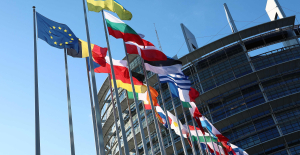 MEPs validate reform of EU budgetary rules
MEPs validate reform of EU budgetary rules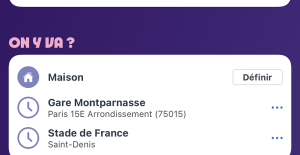 “Public Transport Paris 2024”, the application for Olympic Games spectators, is available
“Public Transport Paris 2024”, the application for Olympic Games spectators, is available Spotify goes green in the first quarter and sees its number of paying subscribers increase
Spotify goes green in the first quarter and sees its number of paying subscribers increase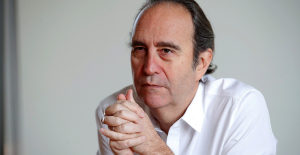 Xavier Niel finalizes the sale of his shares in the Le Monde group to an independent fund
Xavier Niel finalizes the sale of his shares in the Le Monde group to an independent fund Owner of Blondie and Shakira catalogs in favor of $1.5 billion offer
Owner of Blondie and Shakira catalogs in favor of $1.5 billion offer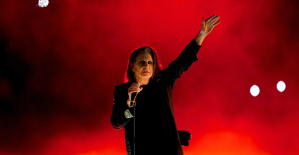 Cher et Ozzy Osbourne rejoignent le Rock and Roll Hall of Fame
Cher et Ozzy Osbourne rejoignent le Rock and Roll Hall of Fame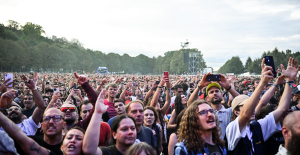 Three months before the Olympic Games, festivals and concert halls fear paying the price
Three months before the Olympic Games, festivals and concert halls fear paying the price With Brigitte Macron, Aya Nakamura sows new clues about her participation in the Olympics
With Brigitte Macron, Aya Nakamura sows new clues about her participation in the Olympics Skoda Kodiaq 2024: a 'beast' plug-in hybrid SUV
Skoda Kodiaq 2024: a 'beast' plug-in hybrid SUV Tesla launches a new Model Y with 600 km of autonomy at a "more accessible price"
Tesla launches a new Model Y with 600 km of autonomy at a "more accessible price" The 10 best-selling cars in March 2024 in Spain: sales fall due to Easter
The 10 best-selling cars in March 2024 in Spain: sales fall due to Easter A private jet company buys more than 100 flying cars
A private jet company buys more than 100 flying cars This is how housing prices have changed in Spain in the last decade
This is how housing prices have changed in Spain in the last decade The home mortgage firm drops 10% in January and interest soars to 3.46%
The home mortgage firm drops 10% in January and interest soars to 3.46% The jewel of the Rocío de Nagüeles urbanization: a dream villa in Marbella
The jewel of the Rocío de Nagüeles urbanization: a dream villa in Marbella Rental prices grow by 7.3% in February: where does it go up and where does it go down?
Rental prices grow by 7.3% in February: where does it go up and where does it go down? Europeans: “All those who claim that we don’t need Europe are liars”, criticizes Bayrou
Europeans: “All those who claim that we don’t need Europe are liars”, criticizes Bayrou With the promise of a “real burst of authority”, Gabriel Attal provokes the ire of the opposition
With the promise of a “real burst of authority”, Gabriel Attal provokes the ire of the opposition Europeans: the schedule of debates to follow between now and June 9
Europeans: the schedule of debates to follow between now and June 9 Europeans: “In France, there is a left and there is a right,” assures Bellamy
Europeans: “In France, there is a left and there is a right,” assures Bellamy These French cities that will boycott the World Cup in Qatar
These French cities that will boycott the World Cup in Qatar Serie A: Bologna surprises AS Rome in the race for the C1
Serie A: Bologna surprises AS Rome in the race for the C1 Serie A: Marcus Thuram king of Italy, end of the debate for the position of number 9 with the Blues?
Serie A: Marcus Thuram king of Italy, end of the debate for the position of number 9 with the Blues? Milan AC-Inter Milan: Thuram and Pavard impeccable, Hernandez helpless… The tops and flops of the derby
Milan AC-Inter Milan: Thuram and Pavard impeccable, Hernandez helpless… The tops and flops of the derby Ligue 2: Auxerre leader, Bordeaux in crisis, play-offs... 5 questions about an exciting end of the season
Ligue 2: Auxerre leader, Bordeaux in crisis, play-offs... 5 questions about an exciting end of the season




